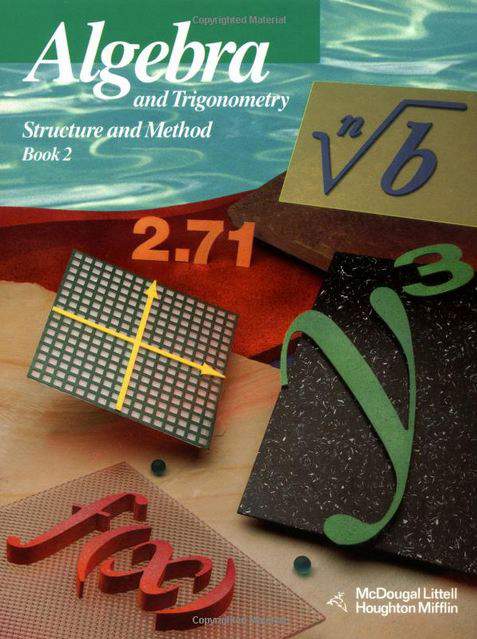Connecting...

This is a quick preview of the lesson. For full access, please Log In or Sign up.
For more information, please see full course syllabus of Algebra 2
For more information, please see full course syllabus of Algebra 2
Algebra 2 Dividing Polynomials
Lecture Description
When dividing a polynomial by a monomial, we need to divide each term of the polynomial by the monomial. When we need to divide a polynomial by another polynomial, we can use a method called the long division. If there are missing terms in the dividend, include them with a coefficient of zero. Synthetic division is a shorter way to divide a polynomial by a binomial where the coefficient of the binomial divisor must be 1. If it isn’t 1, the division problem must be rewritten so that it is 1. You'll learn how to do this in the lecture.
Bookmark & Share
Embed
Share this knowledge with your friends!
Copy & Paste this embed code into your website’s HTML
Please ensure that your website editor is in text mode when you paste the code.(In Wordpress, the mode button is on the top right corner.)
×
Since this lesson is not free, only the preview will appear on your website.
- - Allow users to view the embedded video in full-size.
Next Lecture
Previous Lecture









































 Carleen Eaton
Carleen Eaton Grant Fraser
Grant Fraser
 Answer Engine
Answer Engine



1 answer
Fri Mar 8, 2019 1:54 PM
Post by Kenneth Geller on February 14, 2019
In example 3 is the remainder 1232 or 1232/y-4 ?
1 answer
Last reply by: Angel La Fayette
Wed Jan 2, 2013 4:11 PM
Post by Angel La Fayette on January 2, 2013
How come the -15 in the dividend was not divided by the 3?
1 answer
Last reply by: Angel La Fayette
Wed Jan 2, 2013 4:11 PM
Post by Daniel Cuellar on October 26, 2012
to fix you mr. Jeff, 6 divided by 3 is 2...
2 answers
Last reply by: Angel La Fayette
Wed Jan 2, 2013 4:06 PM
Post by Jeff Mitchell on March 21, 2011
approx 16:42 into lecture you show
3x^3+12x^2-15x+6 and divide by 3 with result
x^3+4x^2-15X+3 but I believe it should be
x^3+4x^2-5x+3
~Jeff